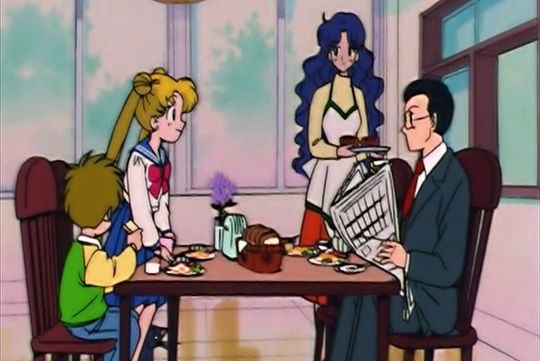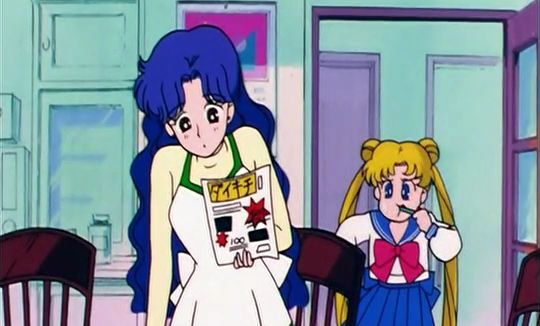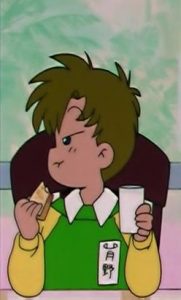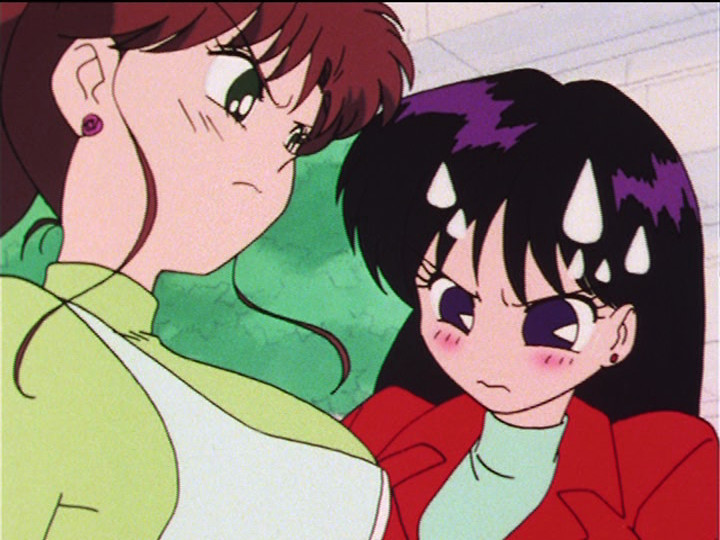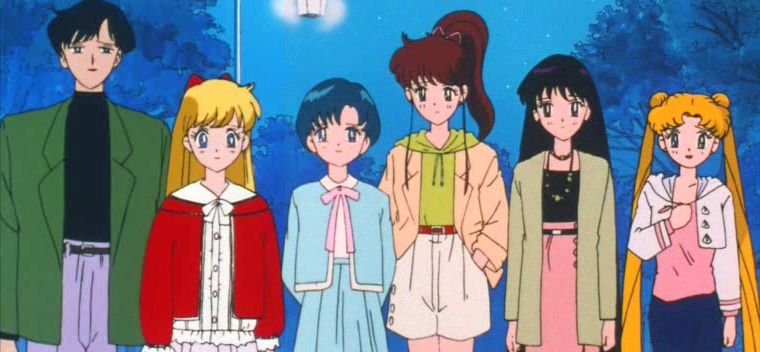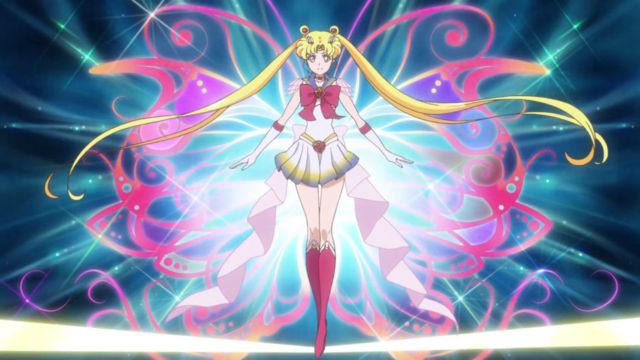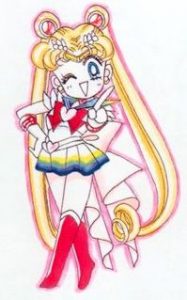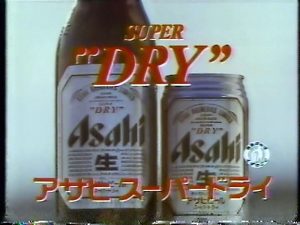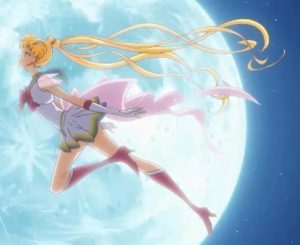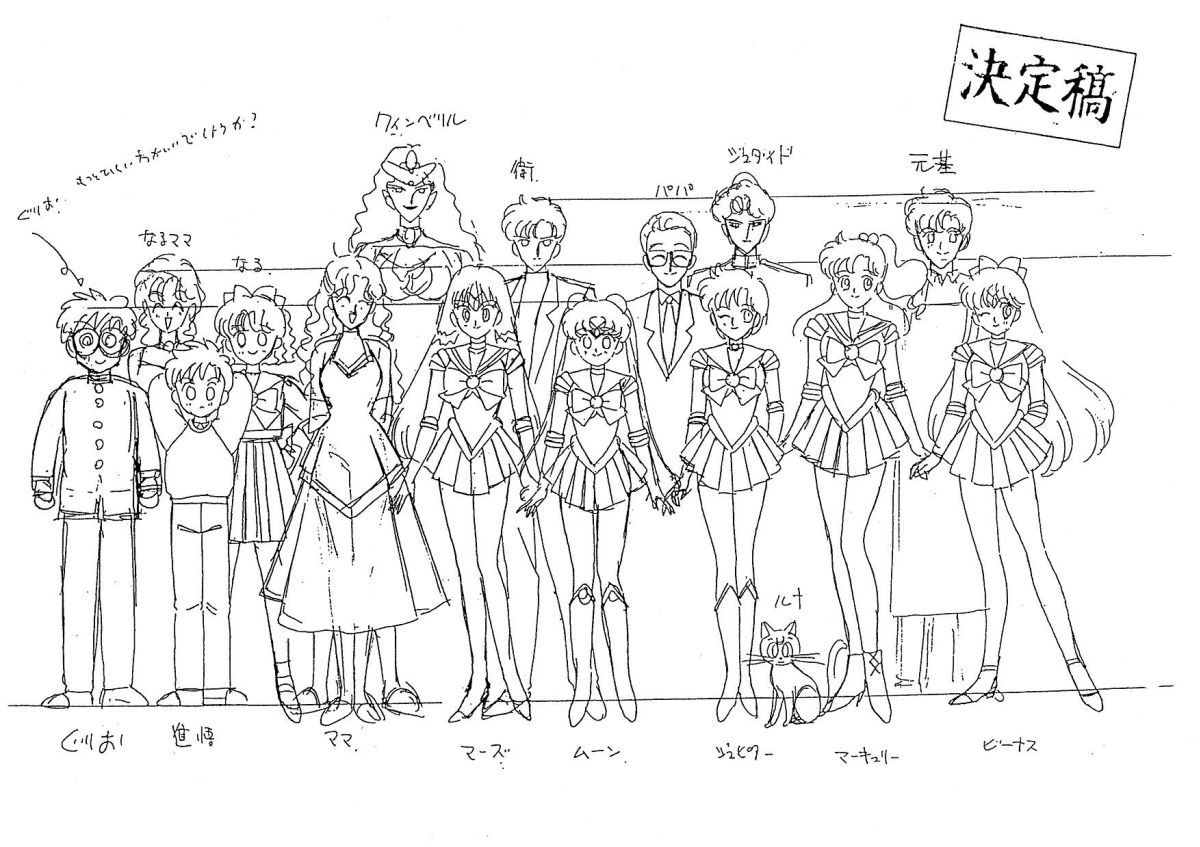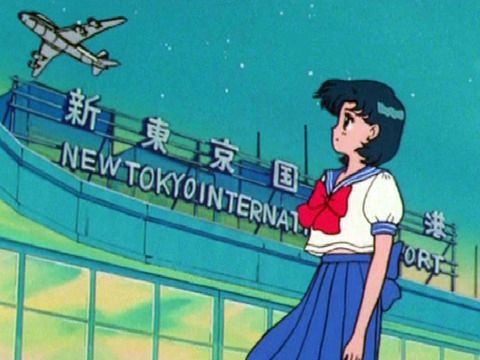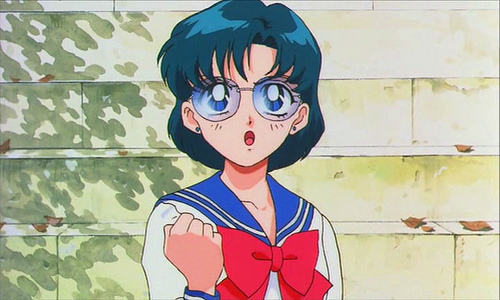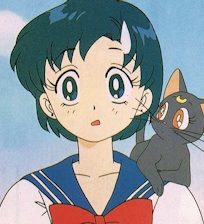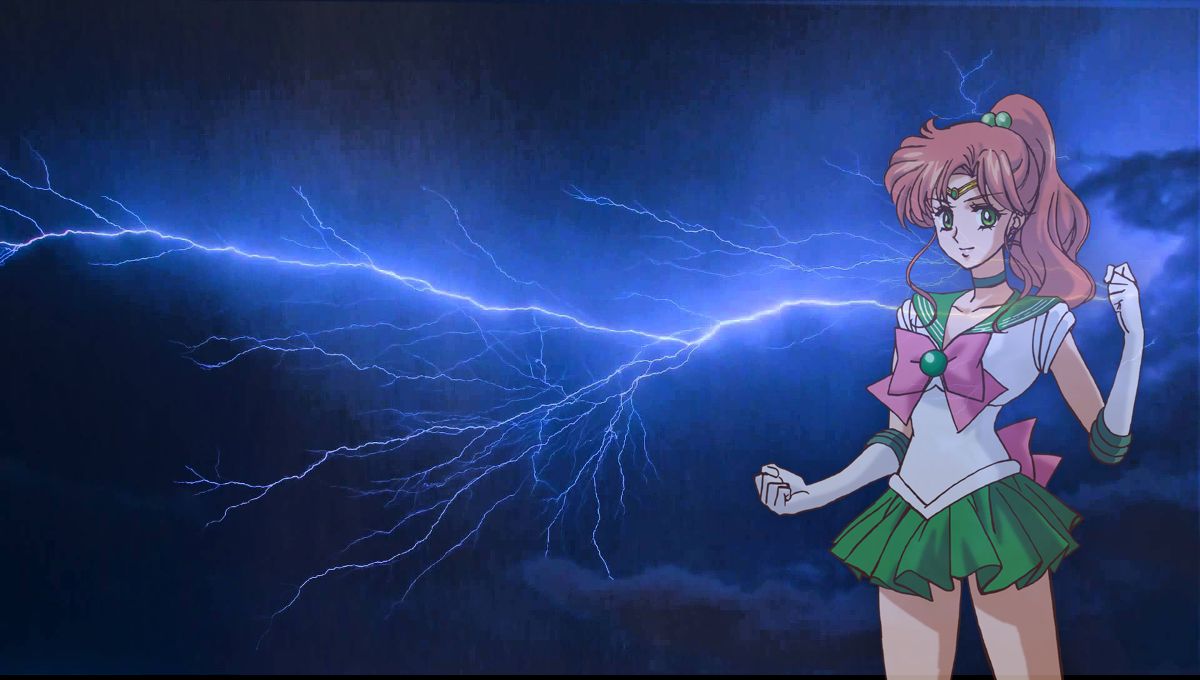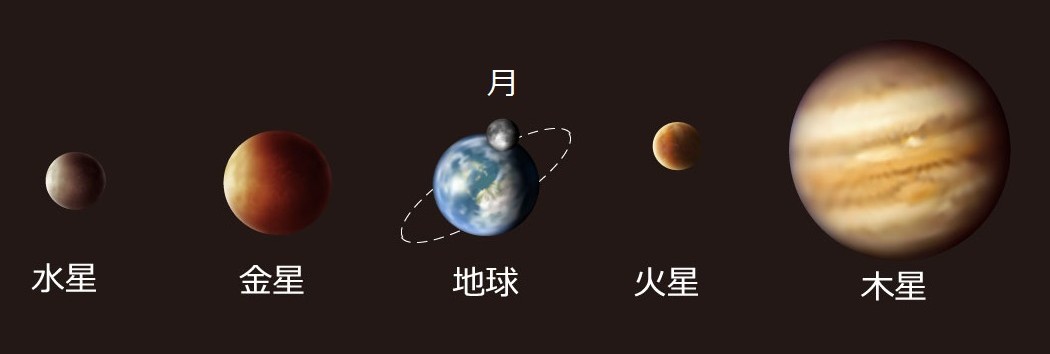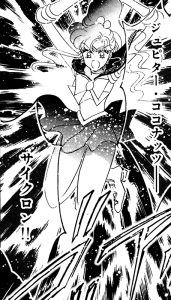The Tsukino family play an interesting part in the Sailor Moon universe since they both have a strong connection to Usagi – the central character in the story – while at the same time supposedly representing what is mundane and normal in the world. Since it’s pretty well known that Ms. Takeuchi was a fan of adding in little touches here and there as in-jokes/references about her characters, often through clever puns in their names, it’s probably worth taking a deeper look at what connections, if any, Usagi’s family has.
First and foremost, it’s worth noting that the Usagi’s family members’ names don’t have any special meanings behind them, since we know that the makeup of her family and the names themselves are based off of Naoko’s real family.1 Though the kanji is likely different, it seems that Kenji, Ikuko, and Shingo are all based on the Takeuchi family.
However, not all is lost for subtle references to rabbits and the moon, at least when it comes to the anime!
Though far more pronounced in the anime than in the manga, if you look closely you can see that both Ikuko and Usagi share a common trait in their hairstyle – particularly, that they have a heart-shaped part in the middle of their bangs. This styling of course can also be seen in Queen Serenity, ChibiUsa, and Chibi Chibi as well. So what’s the point?
Well, it’s not actually a heart-shaped parting in her bangs, but actually two crescent moons facing each other, which gives the appearance of a heart.
While the effect may be subtle, it’s much easier to see when highlighted, as shown here. Ikuko’s hair style varies a bit from episode to episode and is a little less pronounced in the Sailor Moon Crystal anime, but if you look closely, you can definitely see that the two-moon hair style is the same across all of the versions.
Even if Queen Serenity is considered Sailor Moon’s true mother and Ikuko is her mother only through reincarnation, it’s nice to know that Ikuko still has her place in connecting to Usagi!
Moving onto Kenji, well, I’m afraid that unfortunately he doesn’t really seem to play a big part in the series (which isn’t uncommon for fathers in anime/manga, I suppose), so other than the connection to Ms. Takeuchi’s own family, there’s not much to go off of here.
The good news, though, is that Shingo isn’t without his own interesting reference!
Though not directly tied to the moon at first glance, if you take a look at his name tag (which he’s required to wear going to, from, and in school in lieu of a uniform), you’ll notice two little round bits on top of his last name, 月野 (tsukino). This is consistent throughout the first season of the anime, at least, and always appears on his name tag. So what is it?
Much like the odango hairstyle that Usagi uses, these two little circles on top of the moon kanji character are meant to be reminiscent of bunny ears, which ties back into the traditional Asian legend of there being a rabbit on the moon (and the inspiration for Usagi’s name in the first place).2 Now, why Shingo would want to draw rabbit ears, in honor of his sister, on his name tag in the first place is beyond me, but I guess we can assume he has a soft spot in his heart for his sister anyway.
It’s really unfortunate that Usagi’s family really took a back seat as the series progressed in order to make room for more characters, but I suppose it was necessary when you consider that new characters were being added and also needed time in the lime light.
All the same, though, it’s nice to know that the anime producers took the time to at least put in these extra little details for the fans to catch! Yet another little bit of trivia that makes Sailor Moon fun to watch over and over again.
